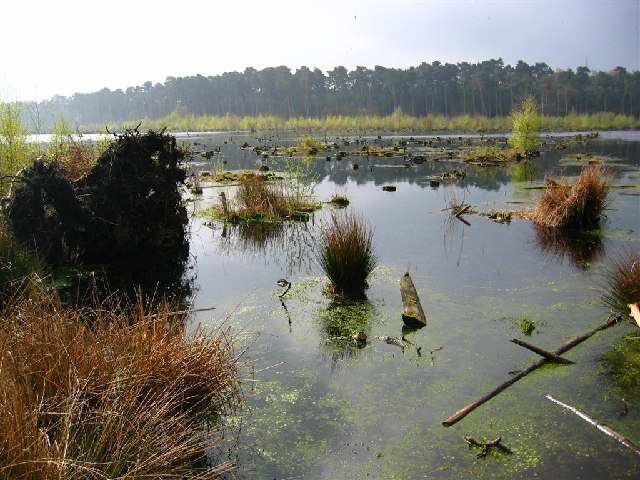Having been to the Lakes last week and into North Wales this week, it struck me how relatively few trees there are in this country.
Obviously, I was aware of this before, and have been to New England in the past where there are *a lot* of trees.
If we had not cleared the land for farming and let sheep eat everything would the Lake District (& Scottish) hills be covered in trees and look like Vermont? I'm assuming that it wouldn't look like the Alps as the the tree-line would be above the tops and there are no glaciers or areas of constant snow.
Had we not drained the wetlands, what would our low-lying areas inland from the coast look like? How deep was the water before the drainage took place?
Obviously, I was aware of this before, and have been to New England in the past where there are *a lot* of trees.
If we had not cleared the land for farming and let sheep eat everything would the Lake District (& Scottish) hills be covered in trees and look like Vermont? I'm assuming that it wouldn't look like the Alps as the the tree-line would be above the tops and there are no glaciers or areas of constant snow.
Had we not drained the wetlands, what would our low-lying areas inland from the coast look like? How deep was the water before the drainage took place?


